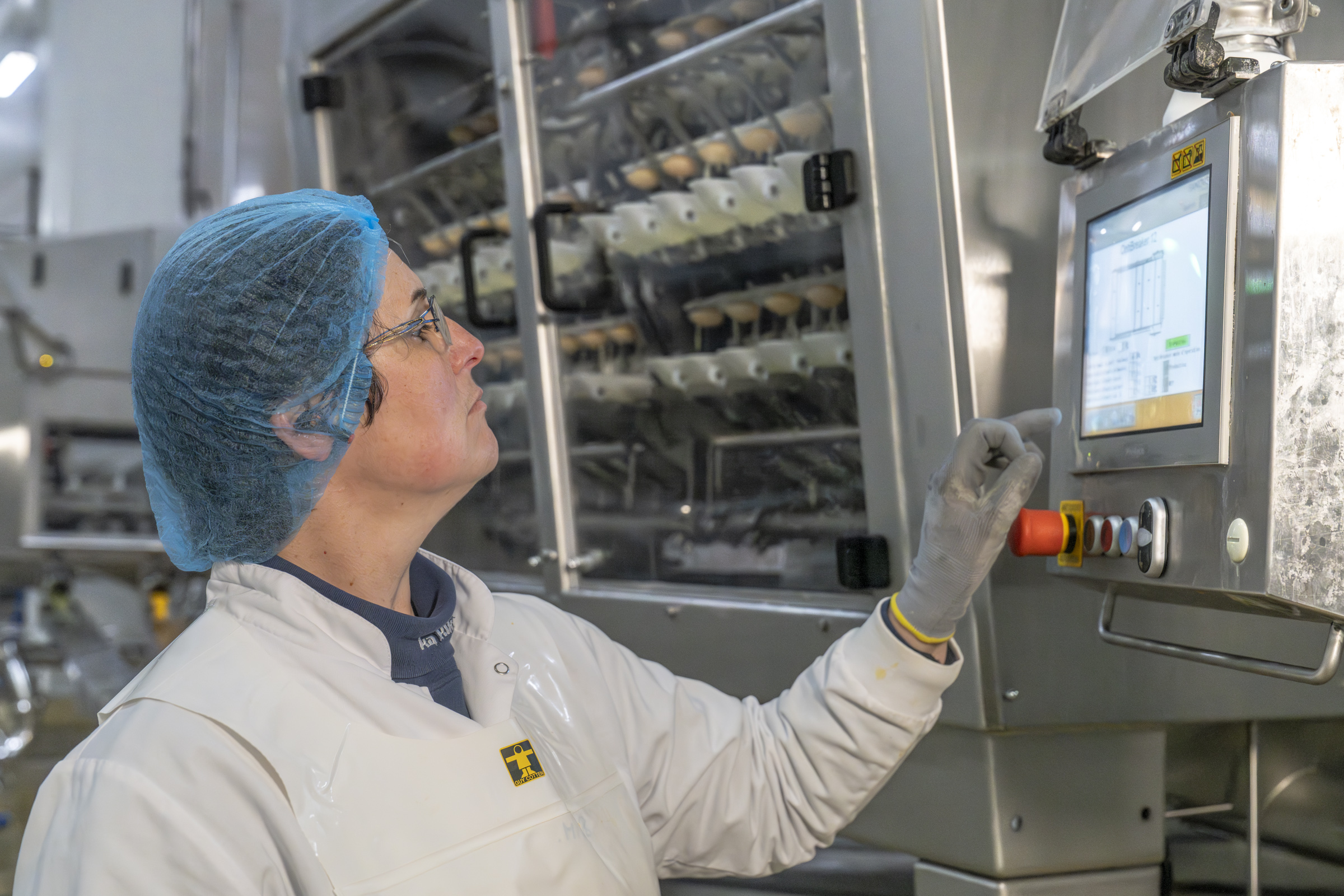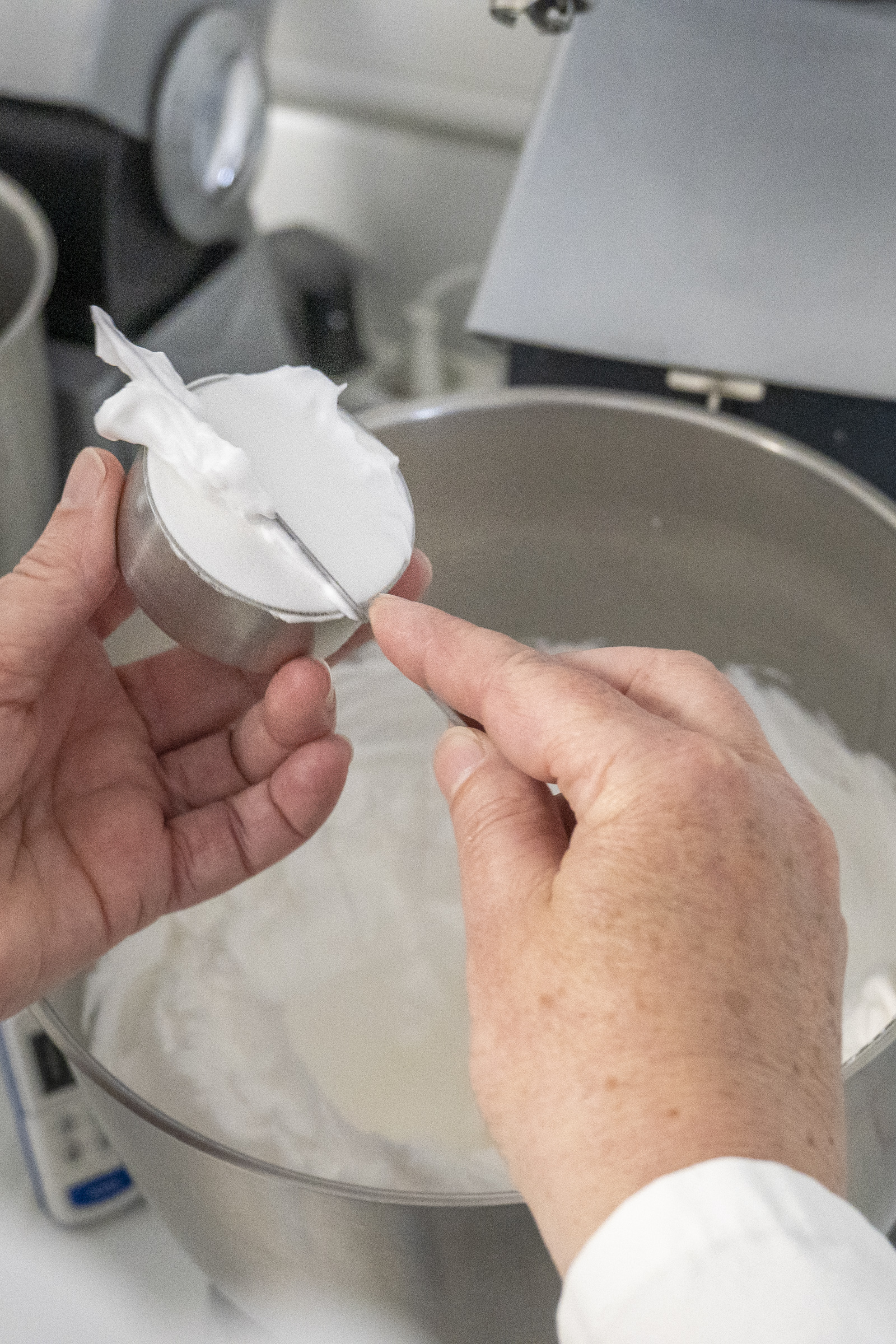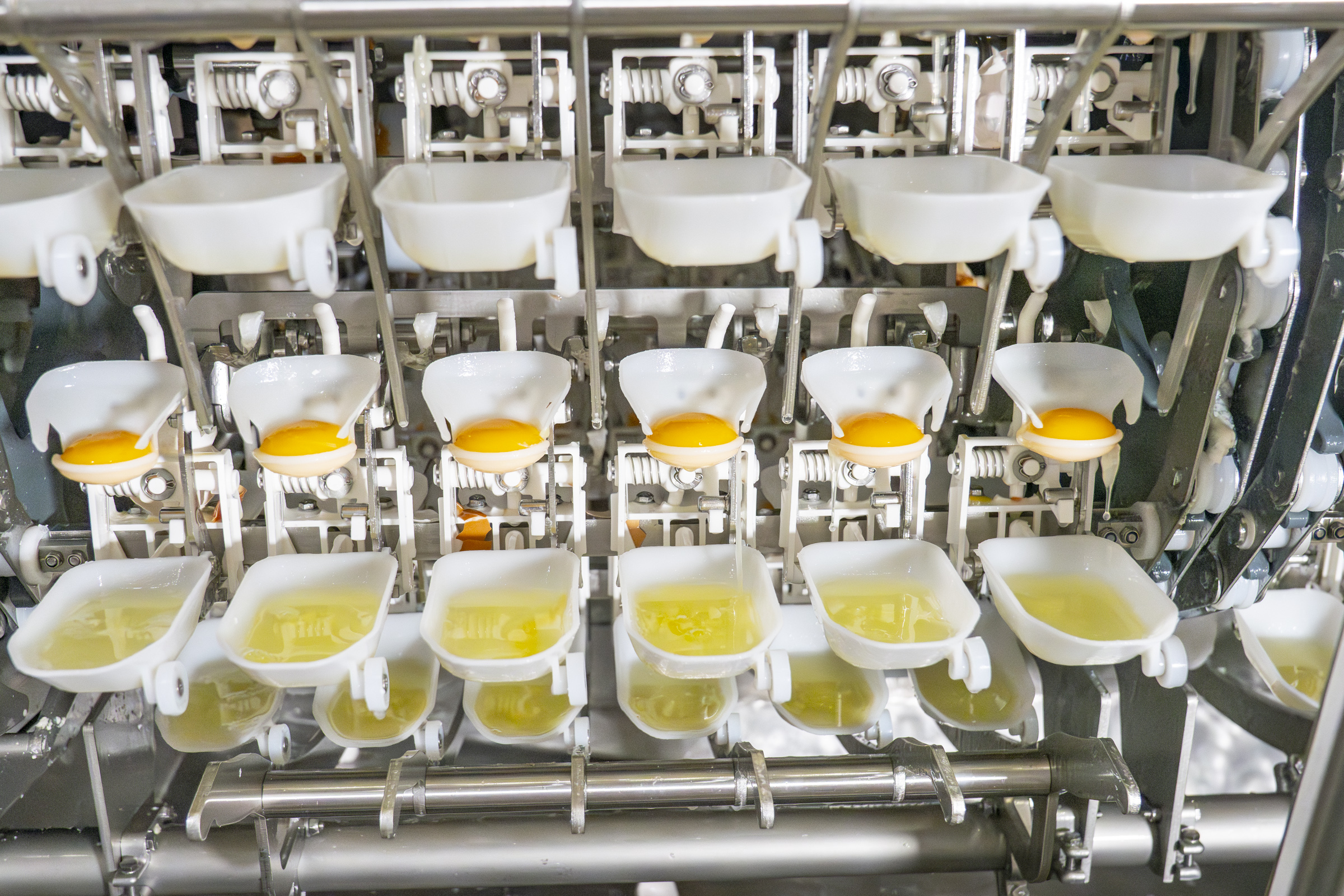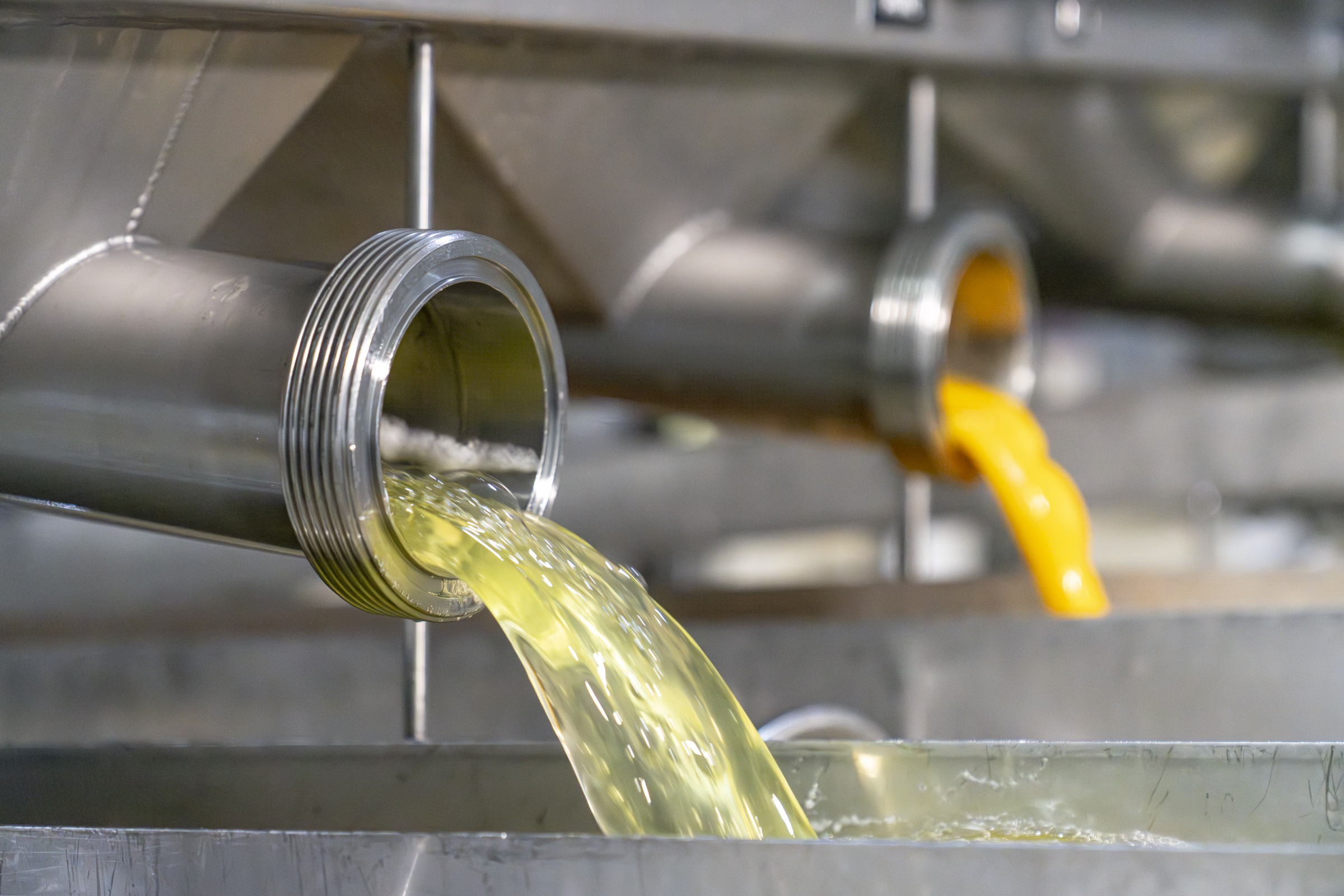The agri-food industries use long-life ingredients such as egg products to develop their foods intended for mass distribution or the catering sector. These egg products, easy to work with, also have the advantage of being impeccable in terms of health: their quality is in fact duly controlled during their production.
Igreca, a factory specializing in egg processing, was a pioneer in the implementation of a drying technique which makes it possible to obtain powdered whites.


THE ADVANTAGES OF A POWDERED EGG WHITE PRODUCT
An egg product is a derivative of fresh eggs. Their interior elements, white and yellow, are either mixed (whole egg) or separated to form a liquid or powder, ready for use.
The food industry uses egg products to create their prepared meals, cakes, pastries and other confectionery marketed to the general public. They are easy to store and work with and have the same nutritional and functional characteristics as a classic egg: their original protein, lipid and mineral content is preserved.
Powdered egg white easier to store than traditional eggs
Up to eight times less bulky than its fresh equivalent, powdered egg white is packaged in 25 kg cardboard bags. Space-saving, it does not require as much storage space as a delivery of eggs in shells. Pasteurized in the factory, then stored in a dry environment at an ambient temperature of 15 to 25 C°, the white powder has a long shelf life. Its DDM (Minimum Durability Date) extends up to 36 months.
The stages of manufacturing powdered egg white products
The production of an egg product based on powdered egg white takes place according to a very standardized industrial process. It takes place in several very specific stages, and under very strict sanitary conditions:
The separation of egg white and yolk
The first occurs after a check of the selected eggs: they are passed through a machine which breaks their shell, releases their contents and separates the white from the yolk. The recovered liquid is received in a refrigerated tank then filtered. The operation aims to remove any shell residues inside the spawn and ensure the health quality of the egg product.
Egg white transformed into powder product
The next step is to turn the egg white into powder. Igreca, a pioneer in this field, uses spray drying, a technique implemented since the creation of the company in 1947. Placed in a sealed chamber, the liquid egg white is sprayed through nozzles and be transformed into fine droplets. On contact with very hot air, these evaporate and clump into small solid particles. The egg white becomes a powder.
The ingredient is then pasteurized at a controlled temperature. This heat treatment ensures its health qualities and extends its shelf life.
Powdered products preserve the amount of protein in fresh egg whites
An egg product based on powdered egg white retains the nutritional and functional qualities (proteins, minerals) of the original egg:
The egg white, or albumen, is initially made up of 88% water. The remaining 10% concentrates proteins, including ovalbumin. This molecule has coagulant properties activated by heat, generally from 57°C. It is in fact at this temperature level that the egg white solidifies during cooking.
In addition to its coagulating capabilities, ovalbumin, the main protein in egg white, is recognized for its surfactant capabilities: they give this foamy and light texture to the egg white when beaten until stiff.
These characteristics lead many pastry chefs and cooks to use egg white to create products with airy and soft textures. It is commonly used in pastries, ice creams, creams, cakes, mousses and chocolate-based preparations.


The composition of egg white
An egg white initially contains much more water than the yolk (88% vs. 45%). It also concentrates proteins. The proteins in egg white consist mainly of albumin, which is soluble in water.
This molecule accounts for some 60-65% of all proteins present in egg white. It is considered a complete protein, composed of 583 amino acids essential to the human organism. In addition to albumin, egg white also contains other proteins: globulins, ovomucoids and lysozymes.
Find out more about powdered whole eggs, powdered egg yolks and powdered egg products.
The origin of the eggs used in Igreca egg white powder
In France and Europe, four types of laying hen farms are approved. Each of them is identified by a code, mentioned on the label of the powdered product. This procedure guarantees the traceability of eggs processed by Igreca. Here is a description of each type of farm:
Organic farming (code 0) :
In this type of breeding, the number of hens grouped together in the same space is limited to 6 per square meter indoors and 4 per square meter outdoors. Poultry are fed with certified organic feed.
Free-range livestock (code 1) :
hens have access to an outdoor run at least once a day. The red label affixed to the eggs corresponds to this type of farming, which gives the poultry greater freedom of movement.
Floor rearing (code 2) :
In this type of rearing, the hens evolve without obstacles inside a closed building, with no outside land. The density is lower than in traditional poultry farming.